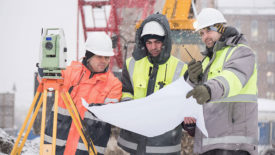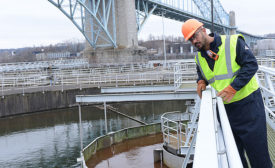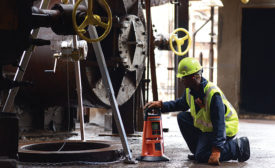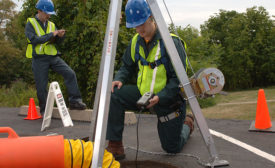Dave Wagner
Dave Wagner is director of product knowledge and applications engineering at Industrial Scientific. He can be reached at dwagner@indsci.com.
ARTICLES
Gas detection can be challenging when the weather turns frigid
Read More
Confined space entry goes wireless
Testing, monitoring & permitting will never be the same
February 1, 2018
Become a Leader in Safety Culture
Build your knowledge with ISHN, covering key safety, health and industrial hygiene news, products, and trends.
JOIN TODAYCopyright ©2025. All Rights Reserved BNP Media.
Design, CMS, Hosting & Web Development :: ePublishing





